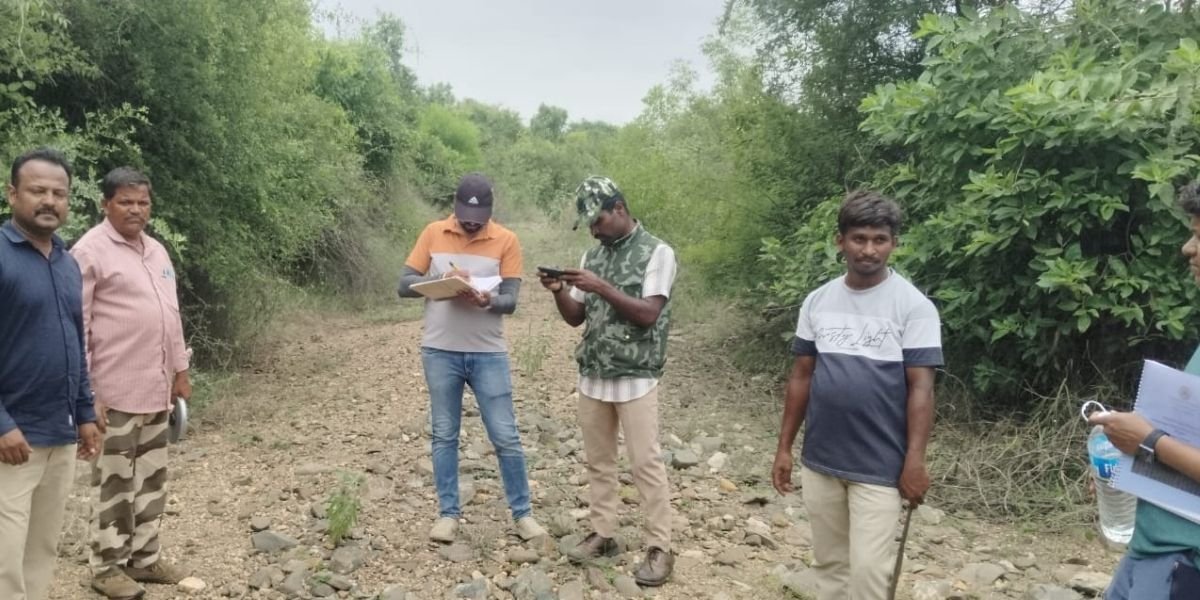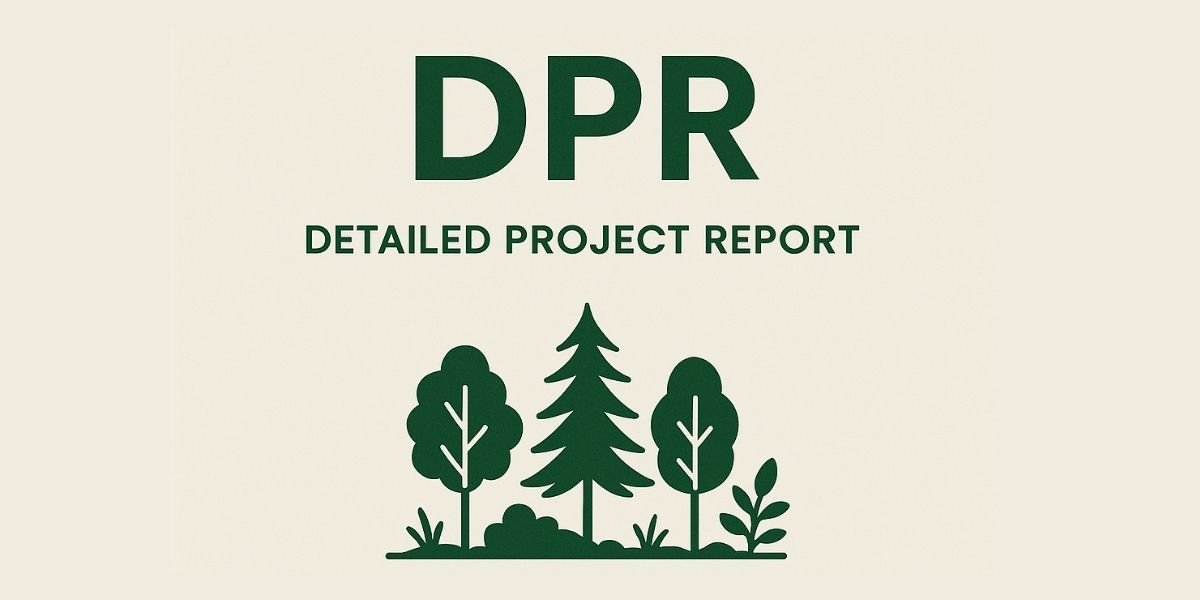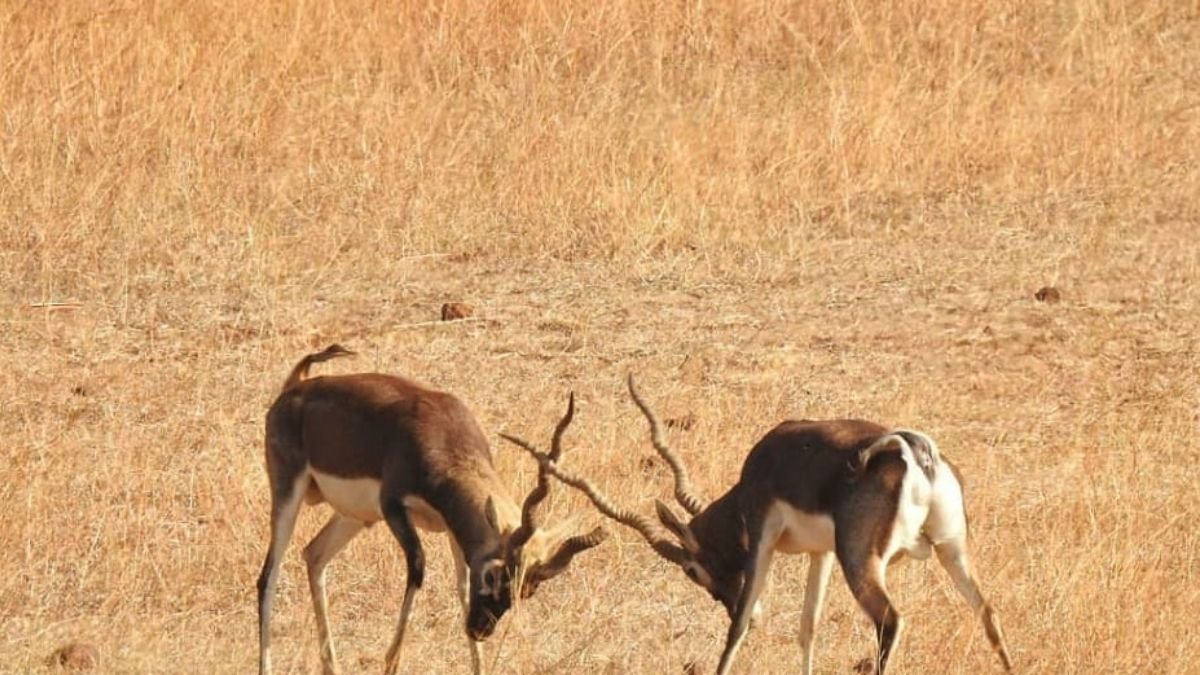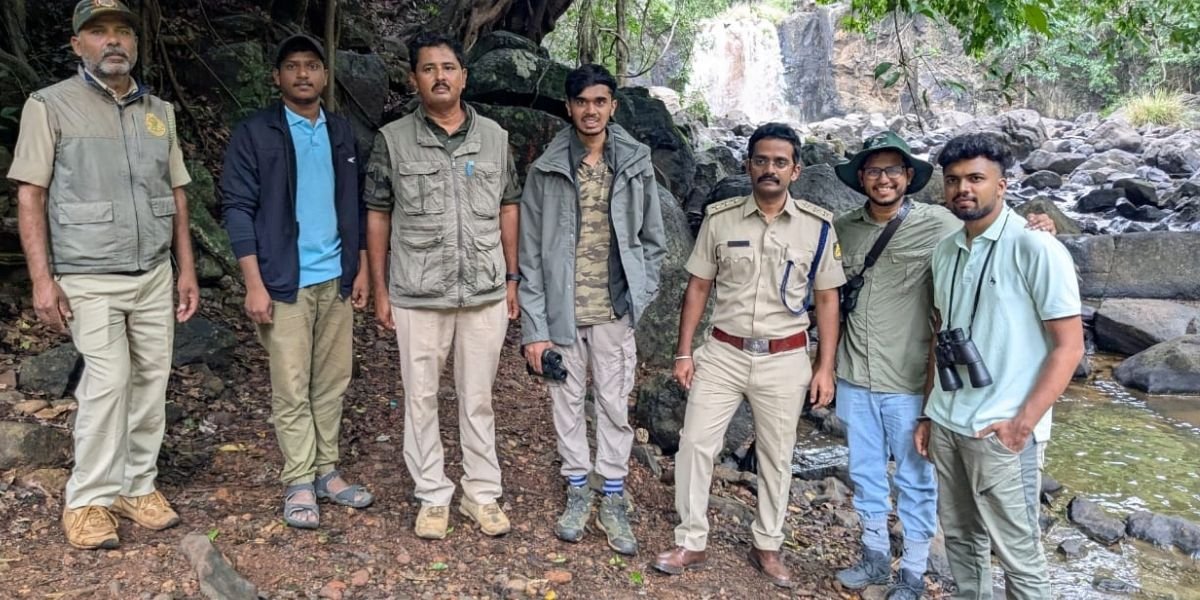Explore our portfolio of projects that showcase our commitment to integrating biodiversity with development.
Our Approach
Our project methodology is built on a foundation of scientific rigor. We begin with in-depth analysis to understand the unique ecological context, allowing us to design and implement strategies that are not only compliant but truly effective and sustainable.
Projects Completed
Acres Protected
Clients Served
Years of Experience

Featured Case Study
The Karnataka Forest Department entrusted us with creating the official management plan for this vital sanctuary. Our task was to develop a comprehensive, science-based strategy to ensure the long-term conservation of its flagship species and the health of its unique grassland ecosystem.
Our Work
We partner with leading organizations to deliver measurable, positive outcomes for biodiversity. Explore some of our key projects that showcase our commitment and expertise.

Scope: We successfully pioneered third-party monitoring for the Karnataka Mining Environmental Restoration Corporation (KMERC) across three districts—Tumkur, Vijayanagara, and Ballari. Our independent assessments focused on evaluating ongoing afforestation efforts under the Captive Environment Plantation Mining Industry Zone (CEPMIZ) program.
Outcome: This project reflects our commitment to delivering precise, actionable monitoring that promotes biodiversity-positive restoration in mining-affected landscapes.

Scope: Prepared a comprehensive DPR for the eco-restoration of 706.59 hectares of degraded dry deciduous forest in a mining-impacted region, addressing biodiversity loss, soil erosion, and fire vulnerability.
Outcome: The DPR provides a scientifically robust and community-inclusive plan to restore forest health, improve groundwater recharge, mitigate fire risks, and generate sustainable eco-livelihoods, ensuring long-term ecological resilience and socio-economic benefits for local communities.

Scope: Developed and implemented a holistic wildlife management plan for the Ranebennur Blackbuck Sanctuary, focusing on long-term conservation of blackbuck populations and grassland ecosystems.
Outcome: Secured the sanctuary’s ecological integrity, promoted blackbuck recovery, and strengthened community-based conservation efforts.

Scope: Executed a biodiversity assessment as the foundation for developing an eco-trail, promoting ecotourism and conservation awareness.
Outcome: Set a new benchmark for sustainable ecotourism, aligning economic opportunities with biodiversity protection and environmental education.